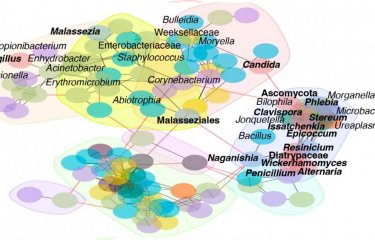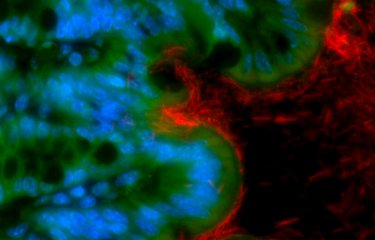The tiger mosquito, which is native to Southeast Asia, is set to continue to spread to temperate regions and pose a major public health problem. Researchers at the Institut Pasteur have shown that this mosquito has acquired the ability to transmit the chikungunya virus as effectively at 20°C as at 28°C.
As the summer season approaches, the question of the effects of climate on pathogen transmission by mosquitoes inevitably arises. Scientists therefore focused on the tiger mosquito Aedes albopictus, and more particularly its molecular mechanisms for transmitting the chikungunya virus in temperate countries. "We combined several genomic analysis approaches to demonstrate that temperature profoundly alters gene expression and the bacterial microbiome of mosquitoes. The genetic diversity of the chikungunya virus is also affected: all these factors induce molecular alterations that lead to effective transmission of the pathogen," says Anna-Bella Failloux, Head of the Institut Pasteur's Arboviruses and Insect Vectors Unit and coordinator of the study.
A virus that can now be transmitted in temperate regions
With these alterations, what was originally a tropical virus has acquired the ability to spread from mosquitoes to humans at lower temperatures. "The Aedes albopictus mosquito is now capable of transmitting chikungunya as effectively at 20°C as at 28°C," she says. In the absence of vaccines and treatments, chikungunya is therefore likely to continue to spread, and may even become a public health problem in more temperate countries.
The recent emergence of vector-borne diseases has marked a turning point in public health, with these diseases affecting regions that are increasingly distant from endemic areas. This situation is due to environmental changes and the increase in travel between continents. The chikungunya virus was first reported in Europe in 2007 during an outbreak in Italy; the situation recurred a few years later, and new outbreaks were reported in other European regions.
In France, the first native cases of chikungunya were observed in 2010, with the source of infection being people returning from India. The tiger mosquito is now present in temperate regions such as the American continent, temperate Asia and nearly 28 European countries, including France since 2004. In a few decades, it has spread across four fifths of France.
This study comes under the Emerging Infectious Diseases priority scientific area in the Institut Pasteur's 2019-2023 Strategic Plan.
Source :
Climate change and vector-borne diseases: a multi-omics approach of temperature-induced changes in the mosquito, Journal of Travel Medicine, May 2023.





